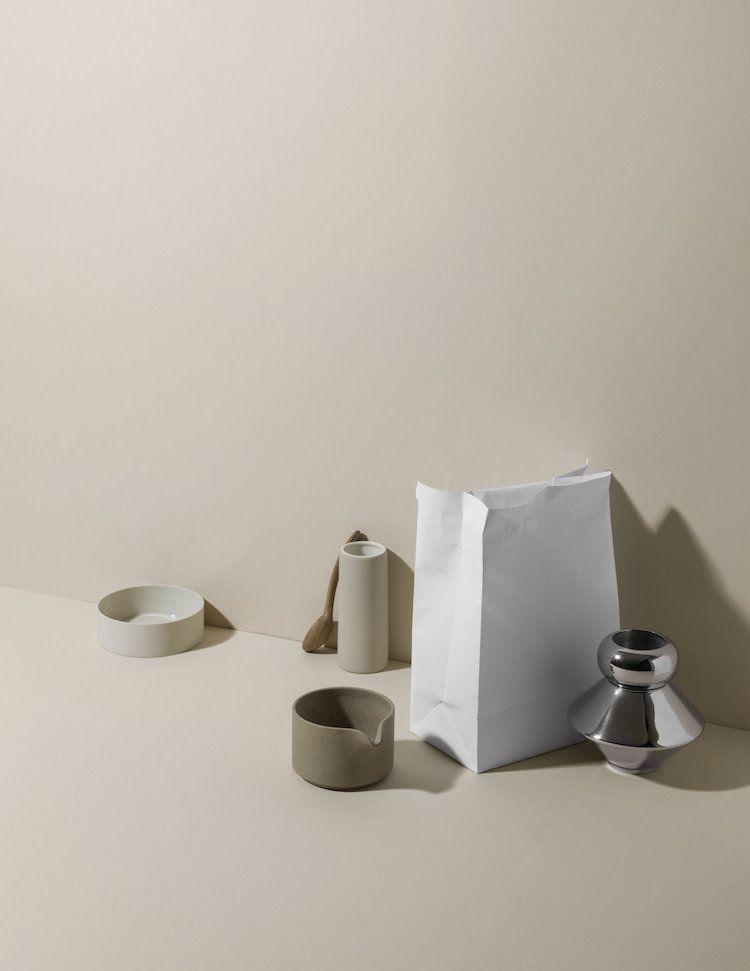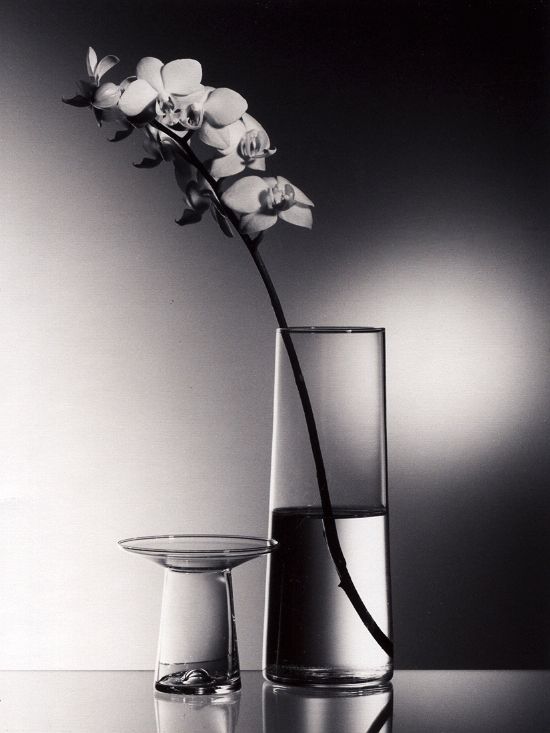Still life photography is neither outdated nor restricted due to its painting background. It can be playful, mystical, reduced and minimalist or provocative. The spontaneous, chaotic snapshot or the conspicuous, extensive staging are especially in the process of being set up.
Control of composition
The motionless motifs hardly create time barriers and you can calmly devote yourself to your still life. There are two clear opposites in the modern structure of photography. On the one hand the minimalist arrangement of a few, precisely chosen objects, on the other hand the overloaded mixture of elements that create a massive overall impression. As in still life painting, the overloaded variant is a lot more difficult to structure than the minimalist one. However, some photographers still try to bring the spirit of Dutch painting into photography and strategically overload the image with contemporary objects.
Break the rules
As an approach, it is possible to choose the structure of a classic still life and replace it in a humorous and provocative way with current objects or foods, such as fast food. Another approach is to deal with objects that have an individual meaning for oneself or for the audience. This creates a personal still life, which has the highest, symbolic character. If you see an object that triggers a memory, this factor makes a still life interesting on a whole new level. We manage to associate feelings and moments with objects and when these are photographed in a suitable subject, the medium affects us in a very intimate way. Finally, there are still many modern approaches, such as the snapshot of a still life in which a movement is nevertheless shown. Practically a photograph of an event in a quiet environment. An example would be a lighted flame, a liquid running out or the appearance of an object falling.
Black & White
B / W photography is not nearly as popular in object photography as it is in portraits. At first glance, black and white still life photographs have something past or old about them. The stylistic decision for this color scheme sometimes looks unusual and therefore a bit strange. However, this does not apply to every composition. If you start with still life photography and are unsure of the compositional structure, it helps to set your pictures in black and white. The advantage here is that you can compare the dark and light areas more quickly. It also helps the designer to recognize the contrast and make possible corrections. Of course, there is always the possibility that one would like the photography of still life in black and white better and produce an exciting piece of work.
Quellen:








